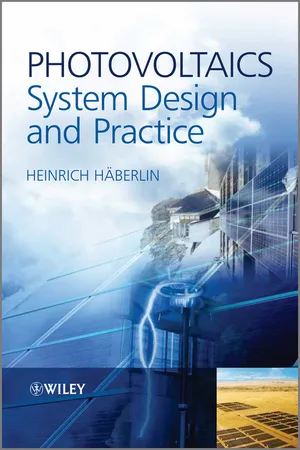
- English
- ePUB (mobile friendly)
- Available on iOS & Android
About this book
With the explosive growth in PV (photovoltaic) installations globally, the sector continues to benefit from important improvements in manufacturing technology and the increasing efficiency of solar cells, this timely handbook brings together all the latest design, layout and construction methods for entire PV plants in a single volume. Coverage includes procedures for the design of both stand-alone and grid-connected systems as well as practical guidance on typical operational scenarios and problems encountered for optimum PV plant performance.
This comprehensive resource will benefit electrical engineer and other electrical professionals in PV systems, especially designers and installers of PV plants or the product manufacturing and testing supply chain. Advanced students on renewable energy courses will find this useful background reading and it will be an invaluable desk reference for PV plant builders and owners.
Frequently asked questions
- Essential is ideal for learners and professionals who enjoy exploring a wide range of subjects. Access the Essential Library with 800,000+ trusted titles and best-sellers across business, personal growth, and the humanities. Includes unlimited reading time and Standard Read Aloud voice.
- Complete: Perfect for advanced learners and researchers needing full, unrestricted access. Unlock 1.4M+ books across hundreds of subjects, including academic and specialized titles. The Complete Plan also includes advanced features like Premium Read Aloud and Research Assistant.
Please note we cannot support devices running on iOS 13 and Android 7 or earlier. Learn more about using the app.
Information

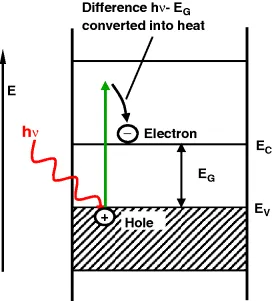
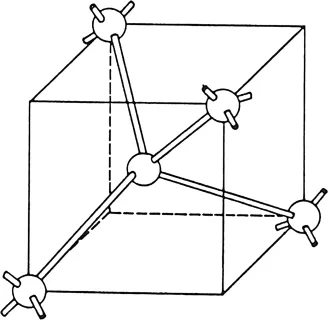
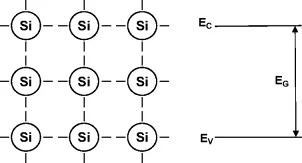
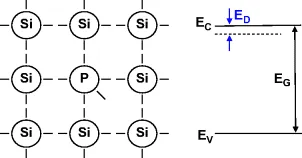
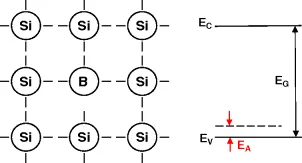
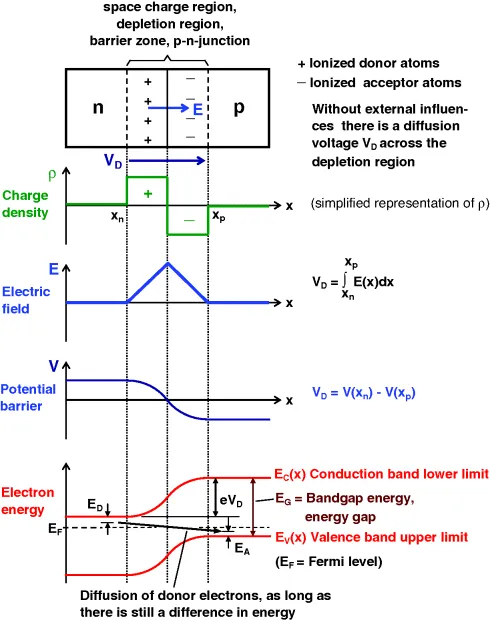



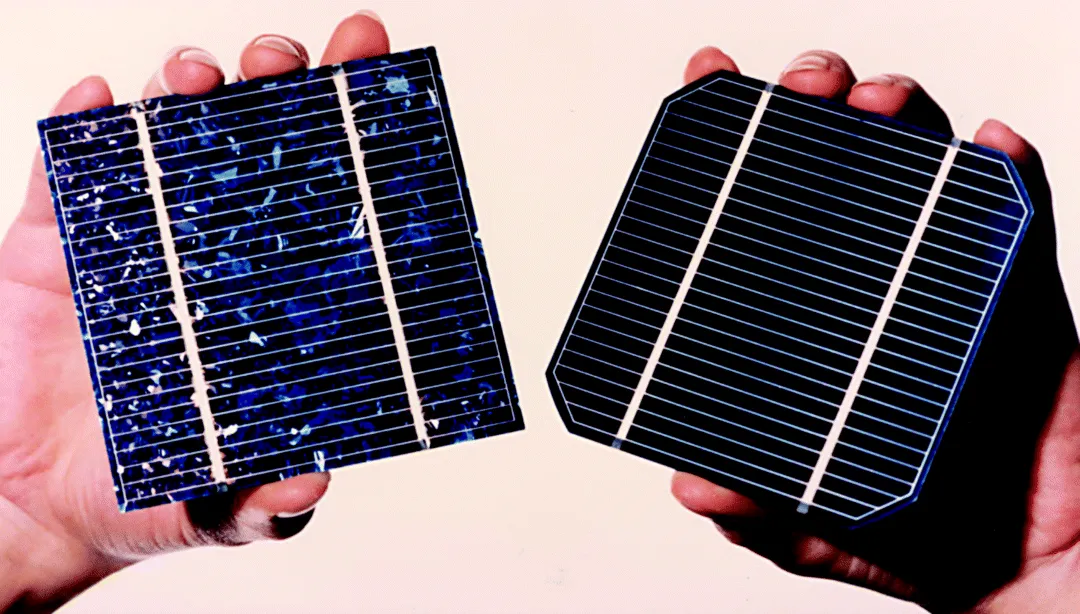
Table of contents
- Cover
- Title Page
- Copyright
- Dedication
- Foreword
- Preface
- About the Author
- Acknowledgements
- Note on the Examples and Costs
- List of Symbols
- Chapter 1: Introduction
- Chapter 2: Key Properties of Solar Radiation
- Chapter 3: Solar Cells: Their Design Engineering and Operating Principles
- Chapter 4: Solar Modules and Solar Generators
- Chapter 5: PV Energy Systems
- Chapter 6: Protecting PV Installations Against Lightning
- Chapter 7: Normalized Representation of Energy and Power of PV Systems
- Chapter 8: PV Installation Sizing
- Chapter 9: The Economics of Solar Power
- Chapter 10: Performance Characteristics of Selected PV Installations
- Chapter 11: In Conclusion . . .
- Appendix A: Calculation Tables and Insolation Data
- Appendix B: Links; Books; Acronyms; etc.
- Index